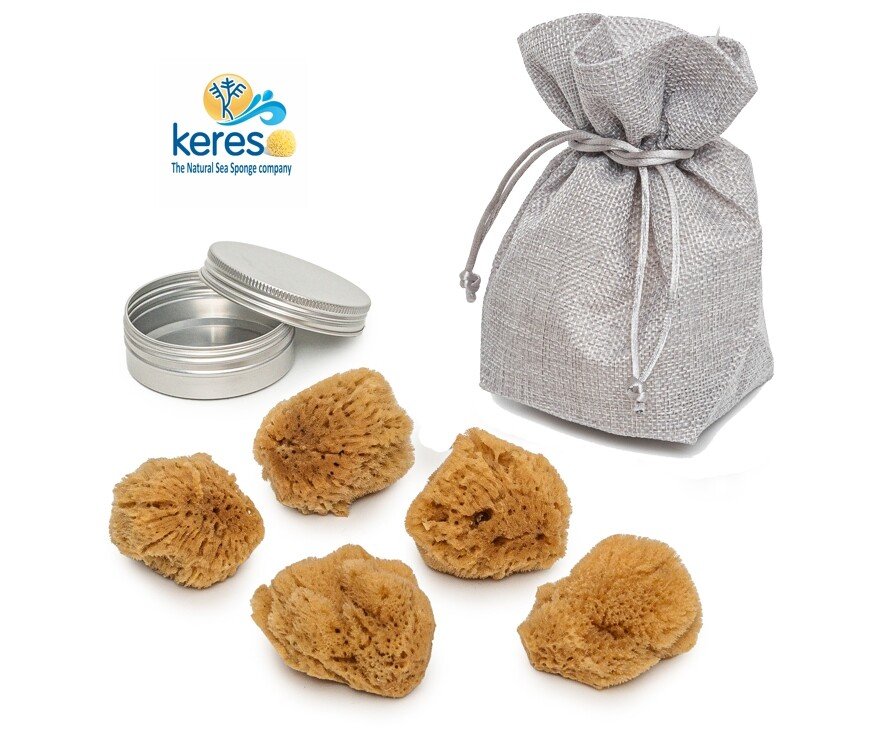Sea sponges, often mistaken for plants or corals, are one of the ocean’s most fascinating and ancient animals. Belonging to the phylum Porifera, these simple yet efficient creatures have existed for over 600 million years. Found in oceans all over the world—from shallow tropical reefs to deep, cold sea floors—sea sponges play vital roles in marine ecosystems. Today, many of these natural wonders are also harvested and used by humans for bathing, cleaning, and even personal care.
What Are Sea Sponges?
Sea sponges are multicellular animals that lack organs, a nervous system, and circulatory systems. Their bodies are full of tiny pores and channels, allowing water to constantly flow through them. This flow brings in food (like plankton and bacteria) and oxygen, while removing waste. Sponges are filter feeders, and a single sponge can filter thousands of liters of seawater a day.
They vary greatly in shape, size, color, and texture. Most commercially used sea sponges come from warm, shallow waters in regions like the Mediterranean and the Caribbean.
Natural Benefits
- Natural sea sponges are favored over synthetic alternatives for several reasons:
- Biodegradable and eco-friendly.
- Hypoallergenic and free of chemicals or artificial materials.
- Resistant to bacteria when cleaned properly.
- Gentle on skin and ideal for people with sensitivities.
How to Clean and Take Care of Sea Sponges
Proper care is essential to maintain your sea sponge’s softness, cleanliness, and lifespan. With good maintenance, a natural sponge can last several months or even longer.
1. Rinse After Every Use
After using the sponge, rinse it thoroughly with cool or warm water to remove soap, dirt, or debris. Squeeze it gently to expel excess water—never twist or wring it, as this can damage the fibers.
2. Disinfect Weekly
To prevent bacterial buildup, disinfect your sponge weekly by soaking it in one of the following solutions:
- A mixture of 1 tablespoon baking soda in 1 cup warm water (restores softness too).
- A 1:10 solution of vinegar and water.
- A weak solution of hydrogen peroxide and water (especially for menstrual sponges).
- Let it soak for 15–30 minutes, then rinse and dry.
3. Dry Naturally
Always let your sponge dry completely between uses. Place it in a well-ventilated area—not in a sealed container or humid bathroom corner.
4. Replace When Necessary
Even with the best care, natural sponges won’t last forever. Replace them if they start to break apart, lose their shape, or develop an odor.
A Gift from the Sea
Sea sponges are more than ocean dwellers; they’re a sustainable, versatile resource that, with proper care, can enrich your daily routine while staying kind to the planet. Understanding their origin and maintaining them with care helps preserve both their quality and the marine ecosystems they come from.
